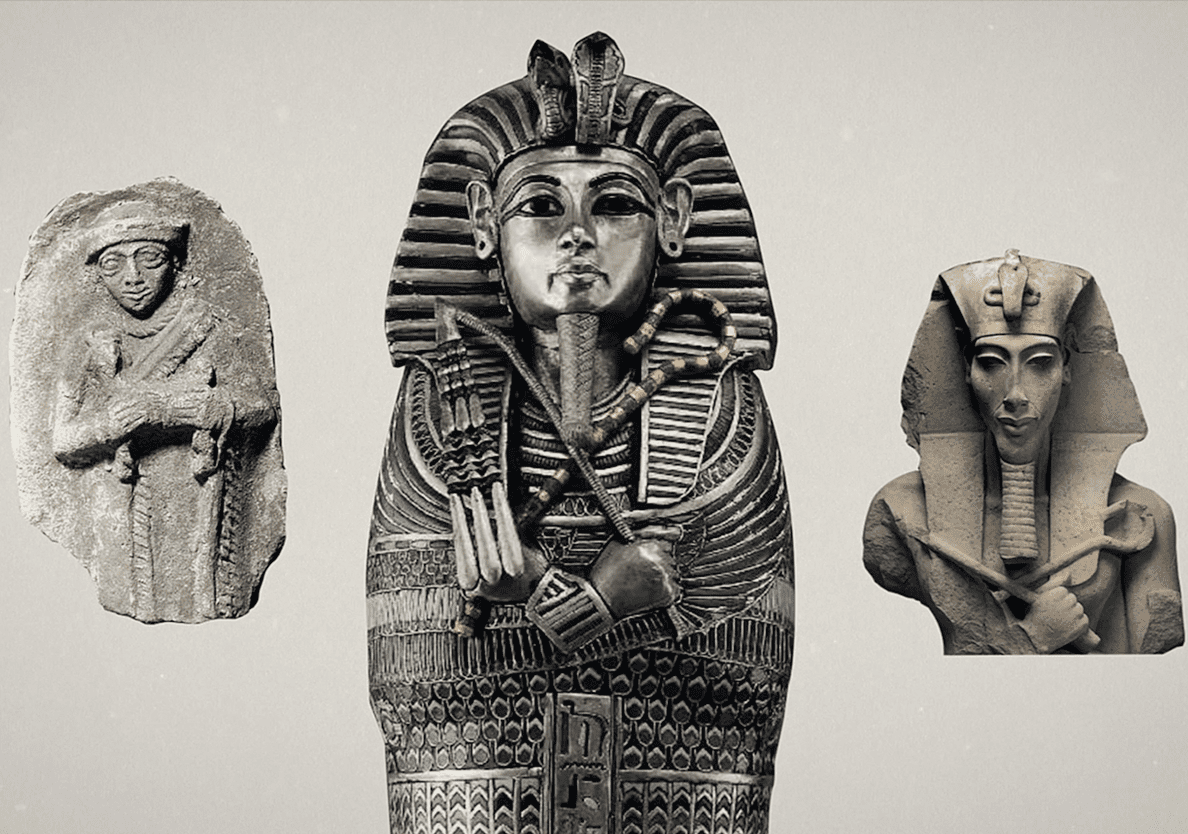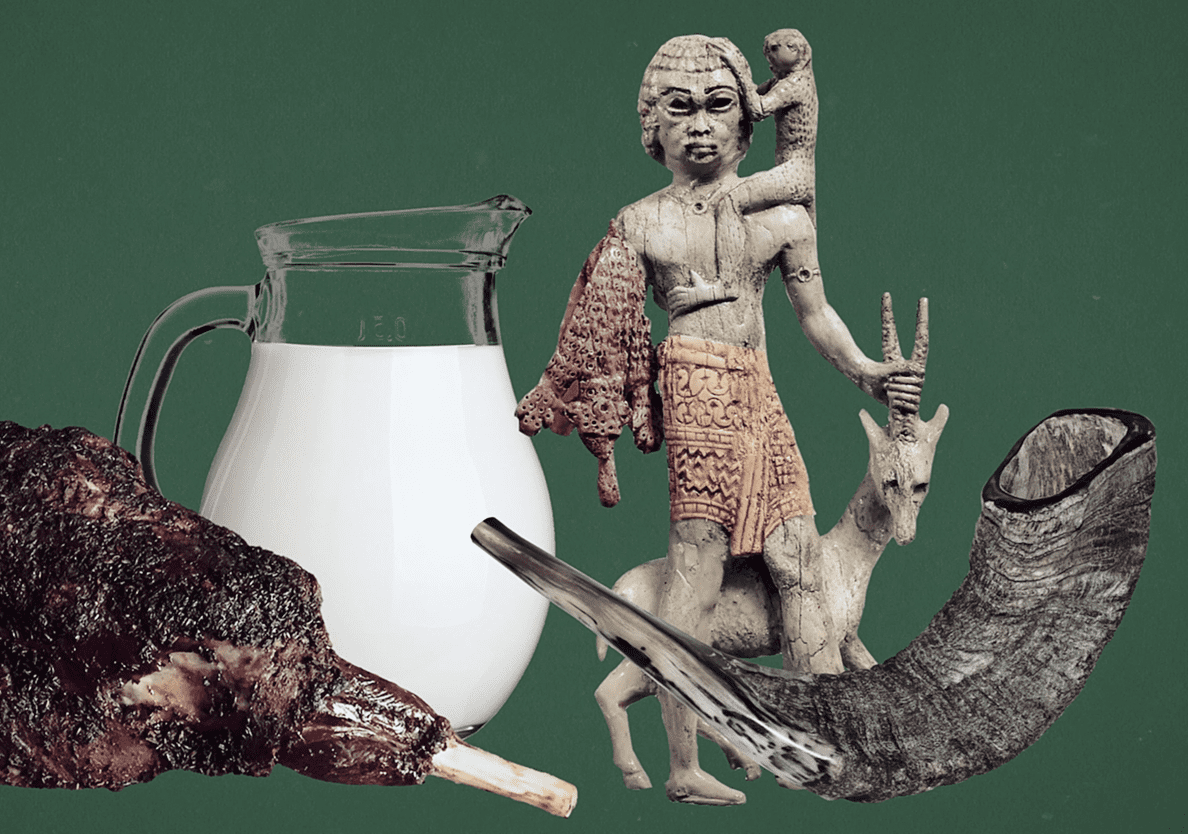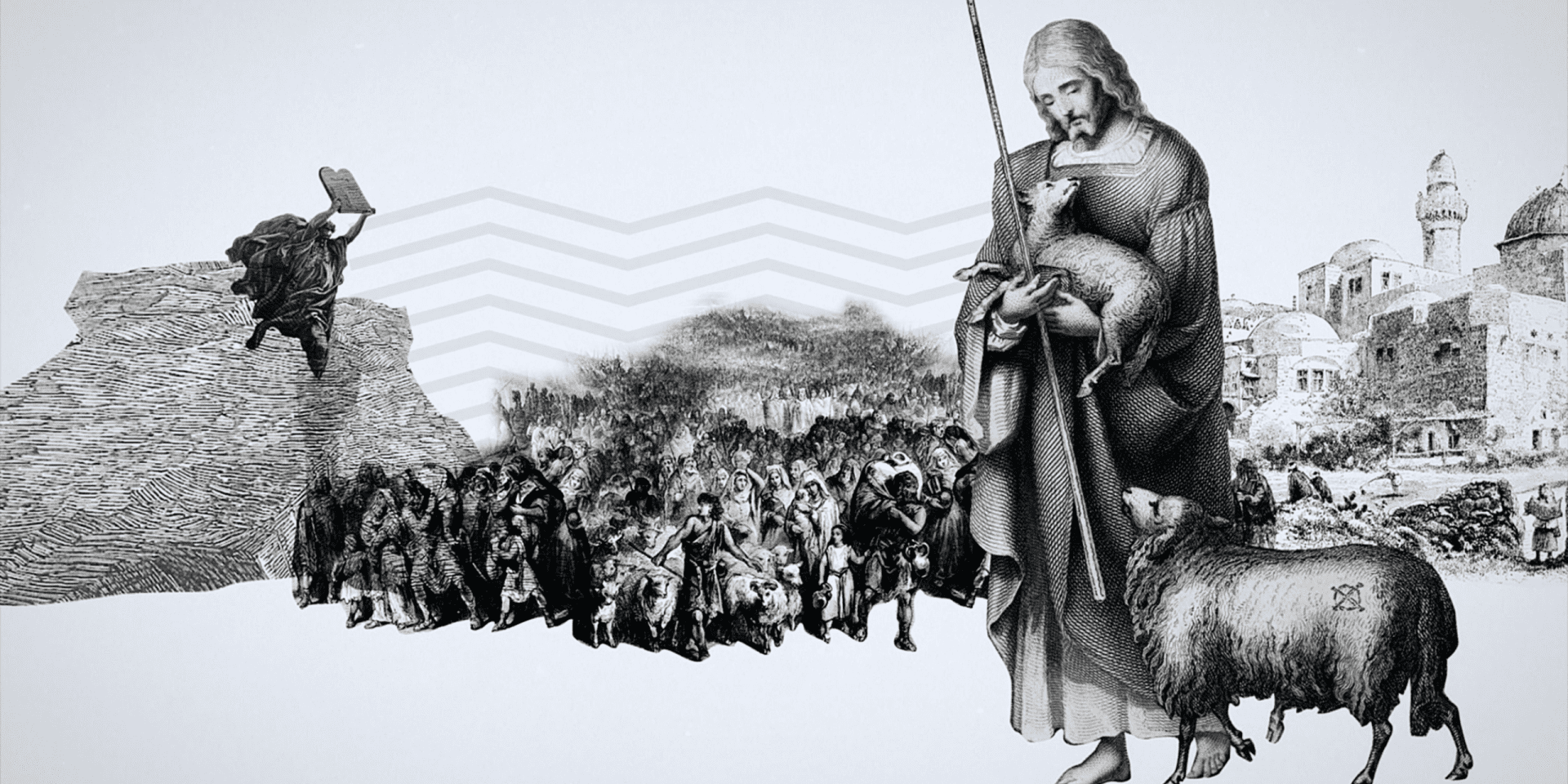Christianity has found a useful symbol in the image of the shepherd. Our word “pastor” is from the Latin meaning “shepherd” and it is within common language of the Church to speak of this relationship between a pastor and his congregation as the relationship between a shepherd and his flock. Beyond this the church as a whole recognizes the image of the Good Shepherd, that is as Jesus Christ as King of the Church, it’s ultimate leader. This image of the Good Shepherd is taken right from the lips of Jesus himself, who in turn was quoting the Jewish prophets of the Old Testament, who in their turn were working off of a popular image in the ancient world.
“I am the good shepherd; I know my sheep and my sheep know me—just as the Father knows me and I know the Father—and I lay down my life for the sheep.”
John 10:14-15
Nearly as far back as written history goes, there exists the motif of kings as Shepherds.[1] It was used in ancient Mesopotamia as far back as 3000BC[2], the area of the world out of which Abraham was called. The Egyptian Pharaohs used a shepherd staff or crook as one of their royal symbols[3] and the prophets of Israel and Judah used the metaphor repeatedly (Isaiah 13:14, 40:11; Jeremiah 3:15, 17:16, 23:1-4; Ezekiel 34:1-23; Micah 5:4-5; Zechariah 11).
In the world of the ancient Near East, this was an obvious metaphor. The pastoral industry, the raising of sheep and goats, was a backbone of society. From these animals the necessities of life were produced: meat, milk and resulting dairy products, clothing from their wool and eventual leather, their horns were used as trumpets or containers to carry things like oil, and sheep were a means to barter or trade with. Sheep were even taken as taxes in organized society, for example 100 sheep a day were provided by the citizens of Israel for King Solomon’s household and government (1 Kings 4:23). And sheep were a central sacrificial animal as outlined by the Biblical Mosaic Law.


The image of kings and leaders as shepherds in the ancient near east may also be seen with a bit of irony, due to the sometimes-stigmatized profession that it was. Shepherds were often viewed as uncivilized. Always dwelling outside, away from cities, away from protection. They were necessary but not glamourous. The symbol however, likely derived from the special relationship that developed between sheep and their shepherd, including the sheep’s ultimate trust of the shepherd and their obedience to his or her voice.[4] Sending a protective, nurturing message to help solidify a king’s power.
Biblically, the image of the Good Shepherd is taken on by Christ Himself (John 10:1-21, “I am the good shepherd” v.11, 14). Jesus is not only claiming to be the Messiah of Israel, but her true shepherd king as well, not unlike King David. This goes a great way in explaining the early Christian artistic representations of Christ not only as the Good Shepherd with a sheep on His shoulders,[5] but also generally with a staff in His hands. This image would have evoked the metaphor of the Good Shepherd and likely doing double duty, would have connected him as the bringer of the new covenant with the arbiter of the first covenant on Mt Sinai, the shepherd Moses.

Corie Bobechko is a daily co-host, speaker, and writer of Bible Discovery. She also hosts a YouTube channel that shows how history and archaeology prove the Bible. Her heart for seekers and skeptics has led her to seek truth and share it with others. Corie also has a Bachelor of Theology from Canada Christian College.
[1] The Good Shepherd, G. Ernest Wright. The Biblical Archaeologist Vol. 2, No. 4 (Dec., 1939), pp. 44-48. The University of Chicago Press.
[2] The Good Shepherd, G. Ernest Wright. The Biblical Archaeologist Vol. 2, No. 4 (Dec., 1939), pp. 44-48. The University of Chicago Press.
[3] G. E. Wright.
[4] Fred H. Wight, Manners and Custums of Bible Lands, Moody Press, 1953.
[5] G. E. Wright.






